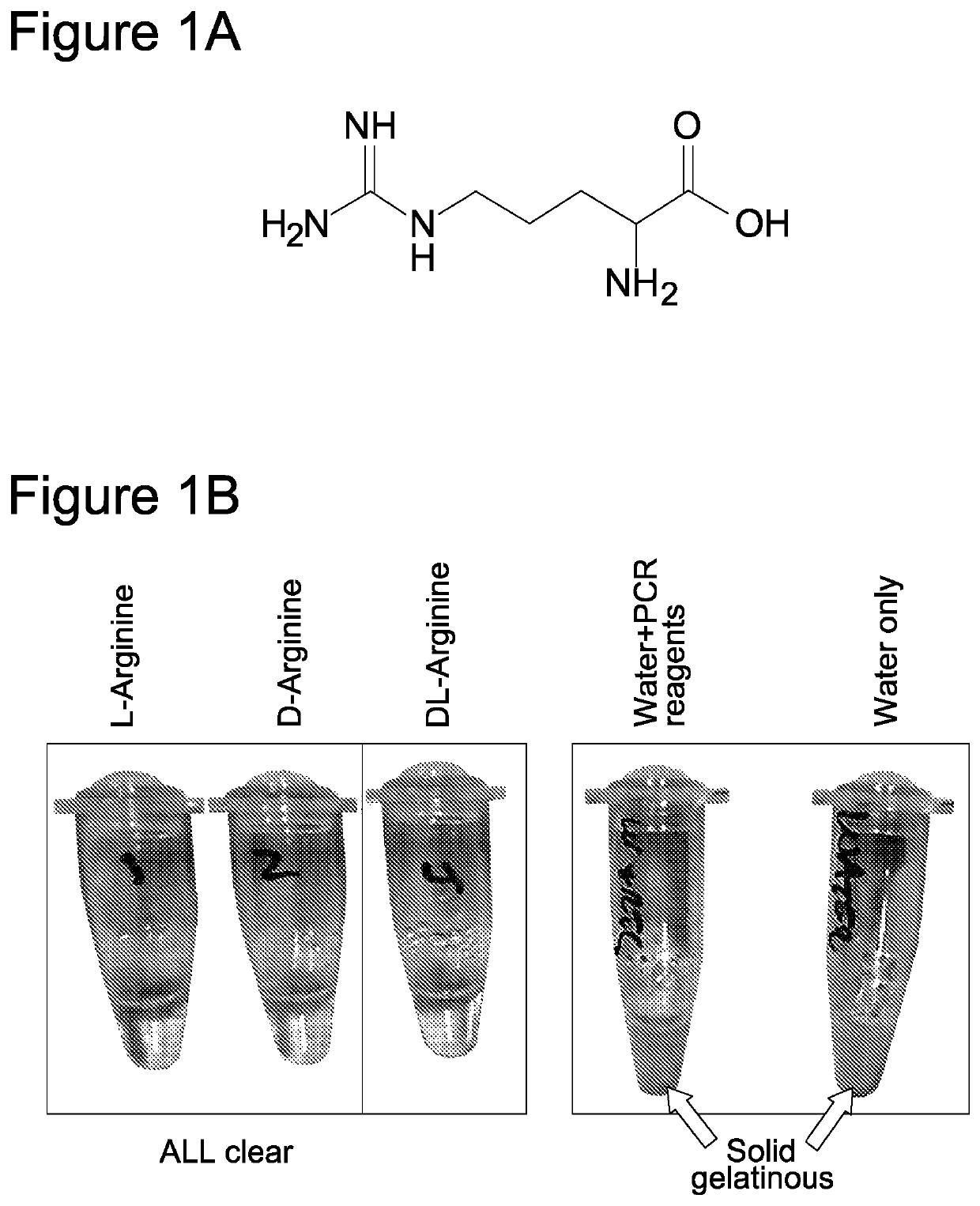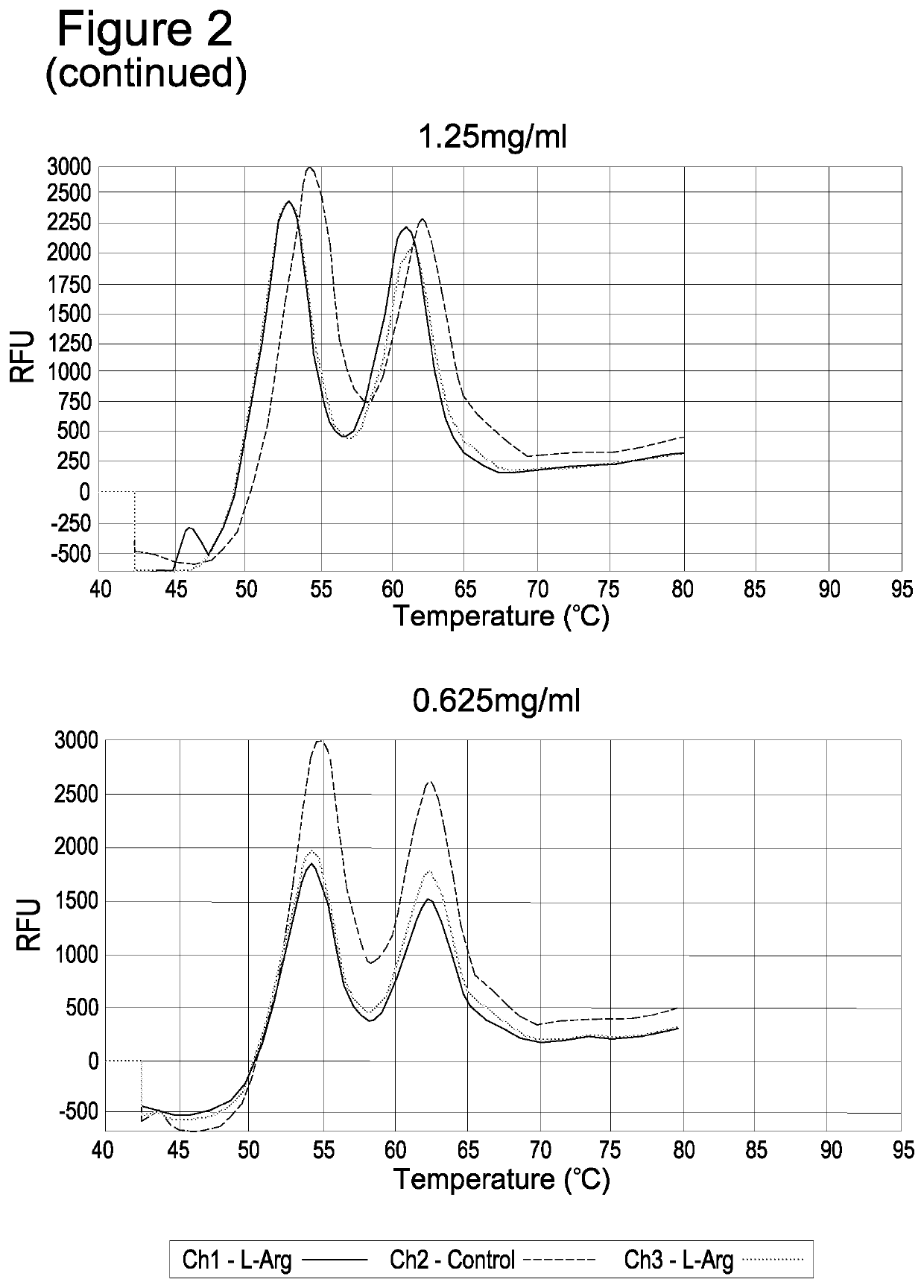Use of anticoagulants in the polymerase chain reaction
a polymerase chain reaction and anticoagulant technology, applied in biochemistry apparatus and processes, microbiological testing/measurement, fermentation, etc., can solve the problem of limited use of thermal cycling reactions for rapid and specific diagnosis, increase the risk of coagulation, and inability to directly input diagnostic samples into the pcr reaction. , to achieve the effect of reducing the inhibition of polymerase, improving the specificity of nucleic acid amplification, and reducing the ph of the reaction mixtur
- Summary
- Abstract
- Description
- Claims
- Application Information
AI Technical Summary
Problems solved by technology
Method used
Image
Examples
examples
[0091]1.1. Introduction
[0092]The invention was initially developed for use in conjunction with the Genedrive Hepatitis C Kit. The Genedrive Hepatitis C Assay requires the use of a proteolytic enzyme (Protease) to aid in the release of the RNA target by digestion of the viral particles. Temperatures of 95° C. are required for the denaturation of the enzyme prior to the reverse transcription phase of PCR.
[0093]Consequently, without the presence of any preventative reagents plasma protein thermal coagulation occurs. In order to avoid introducing additional processing steps, it was investigated whether an anti-aggregation agent could prevent coagulation of the samples at concentrations insufficient to inhibit a subsequent thermal cycling reaction.
[0094]1.2. Materials and Methods
[0095]1.2.1. Protease Digestion in the Presence of Arginine Plasma samples were initially diluted 1:3 in water prior to proteolytic digestion with 2 mg / ml of Protease (Qiagen; product number 19157). The protease ...
PUM
| Property | Measurement | Unit |
|---|---|---|
| concentration | aaaaa | aaaaa |
| concentration | aaaaa | aaaaa |
| temperatures | aaaaa | aaaaa |
Abstract
Description
Claims
Application Information
 Login to view more
Login to view more - R&D Engineer
- R&D Manager
- IP Professional
- Industry Leading Data Capabilities
- Powerful AI technology
- Patent DNA Extraction
Browse by: Latest US Patents, China's latest patents, Technical Efficacy Thesaurus, Application Domain, Technology Topic.
© 2024 PatSnap. All rights reserved.Legal|Privacy policy|Modern Slavery Act Transparency Statement|Sitemap



